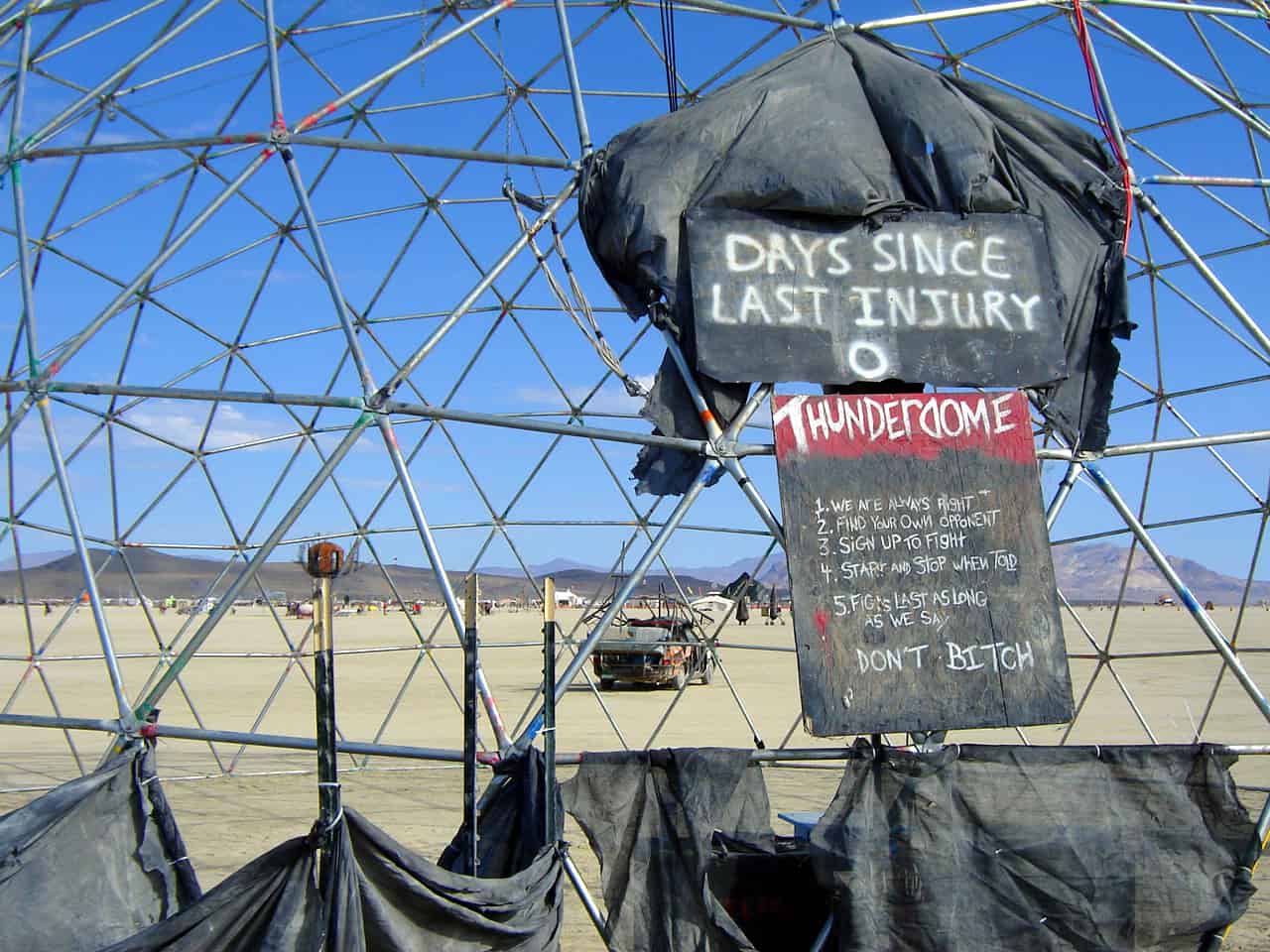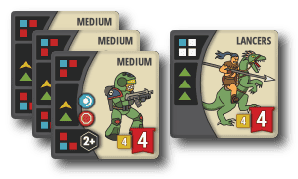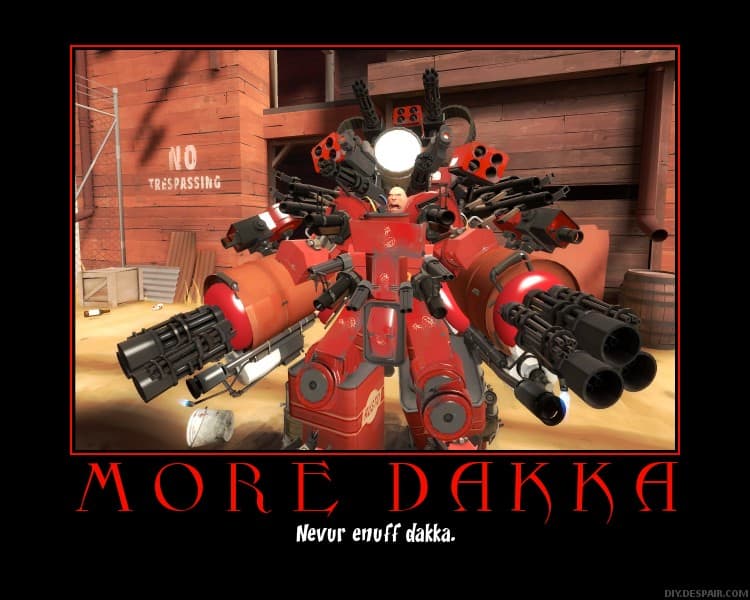
This is the second article I’ve written that talks about some cool mechanics I discovered while designing Ars Victor. You can read the first one at:
Building Tension: The Ars Victor Glory Track
Every game is a series of choices. Making those choices rich and interesting is the goal. Sometimes the cost of those choices is explicit — e.g. “30 credits” or “two wood and a sheep” — but always, every choice has a hidden opportunity cost. Elegant opportunity costs make a game easier to internalize, and more fun to play.
Loosely speaking, an “opportunity cost” is the cost of the choice you didn’t make. Even in game systems that don’t have an explicit cost, there is always an opportunity cost. If you get to choose A, B, or C: then the opportunity cost of choosing A is that you don’t get to do B or C.
WHAT IS AN ARS VICTOR?
Ars Victor is my two-player game of sci-fi tactical combat. It’s a descendant of Memoir 44, the Command & Colors games, Battlelore, etc. Thematically, each player commands a fighting force, which you use to destroy your enemy. Mechanically, gameplay is fast and focused. This family of card-driven battlefield wargames uses cards to limit a player’s decisions, and simple rules keep movement and combat quick and decisive. Ars Victor takes this family of games into a limitless science-fiction future, and gives you a sci-fi slugfest in an hour or less.
In designing Ars Victor’s army building system, I found a cool way add an opportunity cost to the traditional point-buy mechanic. It adds an entirely new dimension to the army building strategy, and I thought it would be interesting to share what I discovered.
HOW IT WORKS
A point-buy system is any system where you have to spend points to choose a set of game assets. This is commonly seen in the miniatures wargaming world, where you’re given a budget to purchase your forces. This is done to establish some ostensible measure of equality: we each have 1000 points to spend on our forces, so we should be “equal”.
In Ars Victor, you get 80 points with which to buy your army. Units cost between 3 and 10 points, and have different capabilities.
So far, this is a vanilla point-buy system. It gives us a number of different ways to make army-building interesting. A few of the obvious ones:

QUALITY VS. QUANTITY
A ten-point Assault Infantry costs more than three three-point Conscripts. The Assault Infantry is a tough, murderous, SOB that may or may not die. The Conscripts are fat meat-shields that are roughly as threatening as limp cabbage. Which do you want?

FUNCTIONAL DIFFERENCES
Cavalry and Heavy Infantry are both 7 point units, but they each have distinctly different capabilities on the battlefield. The Cavalry is great at gaining ground and skirmishing with its Bug Out and Take Cover abilities. The Heavy Infantry can hold its own in close combat, but is most terrifying when it has clear lanes of fire.

DIMINISHING RETURNS & SYNERGY
While Medium Infantry are one of the most powerful units in the game, there are some things they just can’t do. Do you really need that fourth Medium Infantry? Or would you rather have a single Lancer? HINT: it takes 3 moves to get to a capture point on the first move.
None of these features are unique to Ars Victor — they’re typical characteristics of point-buy systems. Where Ars Victor makes it interesting is the opportunity cost, and what it changes.

ONE MORE BOLTER
With a traditional point-buy system, there’s a hidden limitation: optimal builds will all cluster around the maximum point value that players can spend. If I have a 995/1000 point build, it will always be improved (even if only by a hair) by spending those last five points on something.
In the Warhammer 40k world, I call it the “one more bolter” syndrome: when you’re trying to squeeze the last bit of dakka into your list, so you duct-tape a machine gun to the side of your tank because its the only thing you have points left for.
This may seem like a built-in behavior of a point-buy system — of course you want to spend all your points! But what if it didn’t have to be that way? Could a point-buy system actually encourage asymmetrical match-ups? I think I found a way that it can.
THE OPPORTUNITY COST: STAYING POWER
Here’s the trick: those 80 points you get to spend? Whatever points you don’t spend become your starting Glory.
Glory is sort of like your “Army Hit Points”. You knock down your enemy’s Glory when you kill their units or hold capture points. It never goes up, and you win when you reduce your enemy’s Glory to zero.
This means that the bigger the army you bring, the easier it is for your enemy to knock you out. Your opportunity cost is: for every point you spend on units, that’s one less “hit” you can suffer before you lose the game.
ARMY BUILDING IN PRACTICE
Adding this opportunity cost has had huge implications on not just army-building strategies, but the rest of the game. A Glory imbalance at the beginning of the game immediately sets the tempo, and starts creating tension. I talked about that in my previous post. As far as army-building strategies go, the space of viable builds becomes a lot more interesting. Here are a couple of examples from the rulebook:
CHEAP AND CHEERFUL

Here’s a build that brings a lot of units, but is ready to lose them.
- The bulk of your units are cheap, meaning you’re not going to lose a lot of glory if they die. On top of that, the Mediums, Assault, and Cavalry all have Fall Back, which means you don’t have to lose them.
- Ten units gives you plenty of bodies on the field, to replace your inevitable losses.
- Thirty six glory on the board is a lot. There are only 44 points worth of units here — you can lose everything except your HQ and still be in the game!
- Starting out with this much Glory will probably give you an advantage over your enemy at the beginning of the game. You can afford to let a fast opponent hold cap points for a turn or two while you bring up your forces.
SPLIT PERSONALITY

On the other side of the spectrum, you have builds like this.
- You’ve only got eight units in the game. This is generally considered the minimum effective number, because of banner distribution. When you lose units, you’re going to be wasting command points on big-number cards.
- Your “marine” units are fairly survivable (Medium, Cav, Assault, Heavy), but your Brute, Scavenger, and Field Gun are not. Scavengers tend to have a low life expectancy, and Brutes are vulnerable to a concentrated effort. Field Guns are safe as long as you keep the enemy away from them, but they’re vulnerable to close combat.
- With only twenty five Glory on the board, you can’t afford to take losses. Unfortunately your cheap Mediums are resilient, and your expensive Brute and Field Gun are not.
- Similarly, you’re probably going start with less Glory than your opponent. This means you have to rush to get those capture points to even things out ASAP. But most of your force is slow — your Cavalry is your HQ, so you gotta be careful with it, leaving your Assault Infantry’s Insertion ability as your only real mobility.
These two different builds don’t just have different mixes of units, they have different strategies that are heavily influenced by the opportunity cost they chose. An expensive, low-Glory army has a different set of challenges and strengths than a cheap, high-Glory force.
WHAT DO YOU THINK?
If you’ve played Ars Victor, what other interesting army builds have you come up with? How did the Glory opportunity cost affect your design?
What other titles or systems have you seen that have interesting opportunity costs?
I’ll be posting more about the parts of Ars Victor that make it so much fun. In the meantime, you can find out more on the Ars Victor web site, our BGG page, and our Facebook page!







